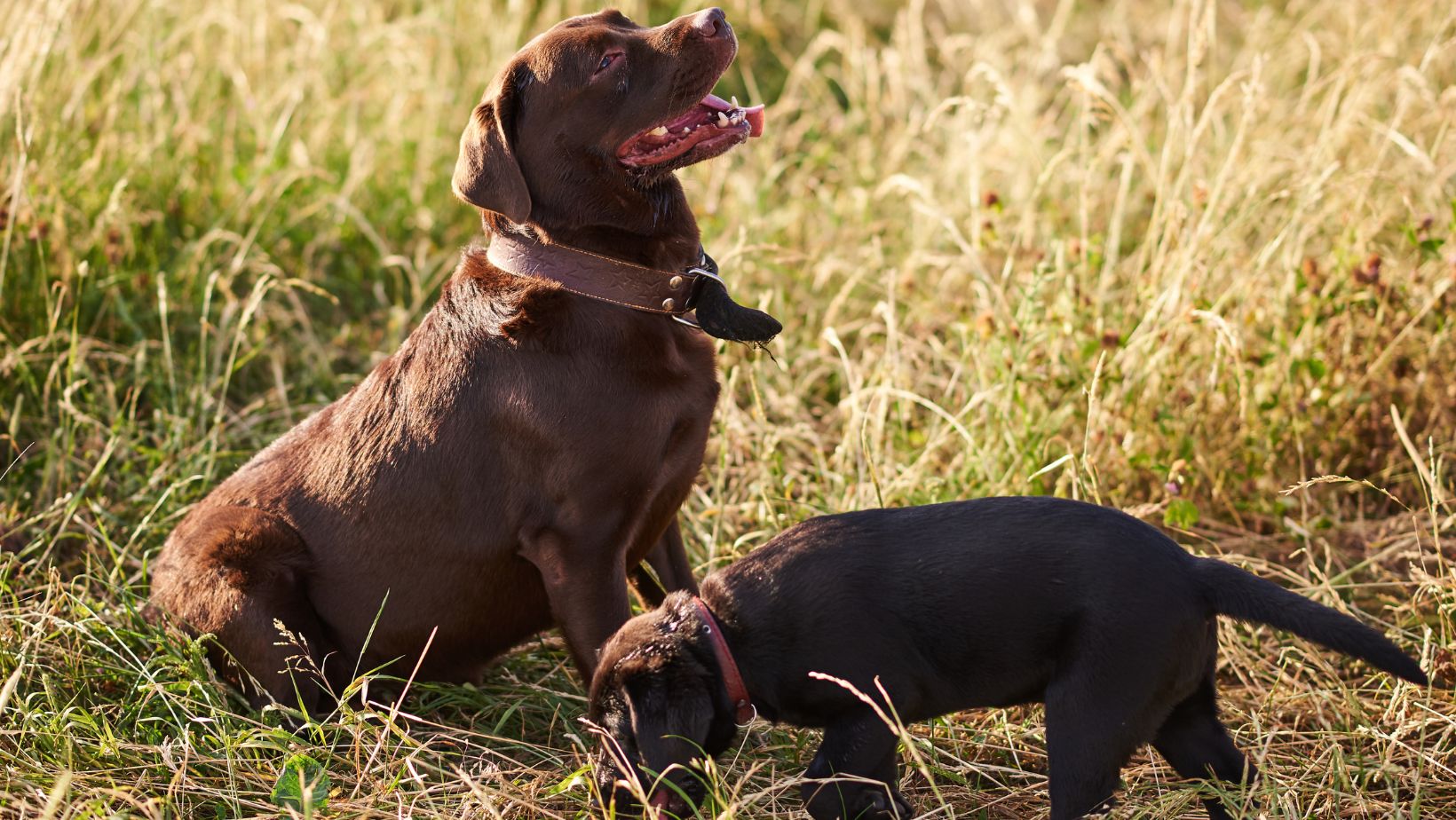How to Get a Dog to Walk Beside You
Are you struggling to get your Labrador to walk beside you? Don’t worry, I’ve got some insider tips that you may have missed. Getting your dog to walk calmly and obediently by your side is not only important for control and safety, but it can also enhance the bond between you and your furry friend. So, let’s dive into these Labrador tips that will help you achieve the perfect walking experience.
First and foremost, establishing a solid foundation of basic obedience training is crucial. Teaching your Labrador essential commands like “heel” or “walk” from an early age will lay the groundwork for successful leash walking. Consistency is key here – practice these commands in various environments and reinforce positive behavior with rewards or treats.
Another tip to consider is using proper equipment. A well-fitted harness or gentle leader can provide better control while reducing the strain on your dog’s neck compared to traditional collars. This ensures a more comfortable walking experience for both of you.
Additionally, maintaining a consistent pace during walks is essential. Dogs are naturally inclined to follow their owner’s lead, so focus on maintaining a steady rhythm rather than constantly pulling or tugging on the leash. Remember to reward good behavior and offer verbal praise when your Labrador walks politely at your side.
By implementing these often overlooked Labrador tips, you’ll be well on your way to enjoying pleasant walks with your four-legged companion by your side. With patience, consistency, and proper training techniques, you’ll strengthen the bond with your dog while ensuring a safe and enjoyable experience for both of you.
Choosing the Right Leash for Your Labrador
When it comes to walking your Labrador, one of the most important decisions you’ll make is choosing the right leash. The leash not only ensures control and safety but also plays a significant role in your dog’s comfort and overall experience during walks. Here are some tips to help you select the perfect leash for your furry friend:
- Consider the Material: Leashes come in various materials such as nylon, leather, and rope. Each material has its own advantages and drawbacks. Nylon leashes are lightweight, durable, and easy to clean, making them a popular choice among dog owners. Leather leashes offer a classic look and tend to be more comfortable on your hands. Rope leashes provide a good grip and are ideal for dogs that have a tendency to pull.
- Length Matters: The length of the leash can greatly impact how your Labrador behaves during walks. A shorter leash (around 4-6 feet) allows for better control and keeps your dog close by your side. This is especially useful when training them to walk beside you. On the other hand, longer leashes (8-10 feet or retractable) give your Labrador more freedom to explore their surroundings while still giving you some control.
Remember, the right leash can make a world of difference in your Labrador’s walking experience. Take your time to consider these factors and choose one that suits both you and your furry friend. Happy walking!
Teaching Basic Commands to Your Labrador
When it comes to training your Labrador, teaching basic commands is an essential first step. These commands not only help establish a foundation of obedience but also create a strong bond between you and your furry friend. In this section, we’ll explore the key commands every Labrador owner should focus on: Sit, Stay, and Come.
Using Positive Reinforcement Techniques
Positive reinforcement plays a pivotal role in teaching basic commands to Labradors (and any other breed!). Rewarding desired behaviors encourages dogs to repeat those actions willingly. Treats can serve as effective motivators during training sessions; however, remember that variety is key! Incorporate verbal praise, petting, or playtime as alternative rewards to keep your Labrador engaged and enthusiastic.
Tips for Consistency and Patience
Consistency is key when it comes to training Labradors. Establish a routine and stick to it, using the same commands and cues consistently. This helps your dog understand what is expected of them. Additionally, be patient with your furry companion. Remember that every dog learns at their own pace, so avoid getting frustrated if progress seems slow. Stay positive, celebrate small victories along the way, and remain consistent in your training efforts.
By focusing on teaching basic commands like Sit, Stay, and Come using positive reinforcement techniques while maintaining consistency and patience, you’ll set your Labrador up for success in their obedience training journey.
Remember: building a strong foundation of basic commands not only makes day-to-day activities more manageable but also strengthens the bond between you and your lovable Labrador. So get started today and enjoy the rewarding experience of watching your furry friend master these essential skills!
